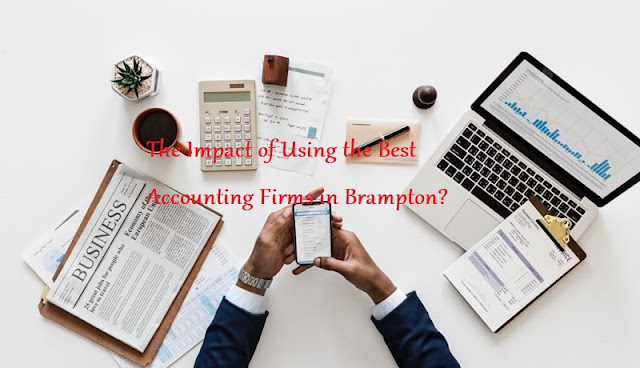Exploring the Roots of Tigrinya Language
Tigrinya means ‘tigre language,' the ‘inya’ suffix denotes ‘language’ while the tigre is the speaker. The Tigrinya people, also known as Kebessa people are the largest ethnic group in Eritrea, (a northeast African country) accounting for approximately 50% of the country’s population. They speak Tigrinya which is a Semitic language derived from Ge’ez, which is no longer written or spoken outside Orthodox Church. It is the reason that Tigrinya Language Translation is complex and there are very limited translation services to do so.
The confusion lies in the presence of another ethnic group, Eritrea who speak Tigre. However, the Tigre people speak Tigre which is a related but different language. The similarities in the ethnic names and languages are due to common ancestors of these two groups called Tigretes.
The origin
Historically, most Tigrinya has been settled as agriculturists, and they continued to be majorly agricultural and rural. Tigrinya settlements in rural areas developed in small towns and villages with houses overlooking fertile fields and valleys. The Orthodox Church used to situate on the highest point in the village. Most Tigrinya population in Eritrea is rural.
Though there has not been a reliable recent census in past 30 years, Eritrea population is estimated to be over 2.5 to 4 million with a large number residing outside nation’s borders.
The Tigrinya language belongs to a Semitic language family, along with Arabic and Hebrew. However, the language is closest related to Tigre.
The language is spoken by 4.3 million people in Ethiopia, 2.8 million out of which are multilingual speakers of the language. Though it is the most common spoken language in Ethiopia, it also serves as lingua franca among many ethnic groups in the country. It is also used in education, government and non-government agencies and mass media.



Comments
Post a Comment